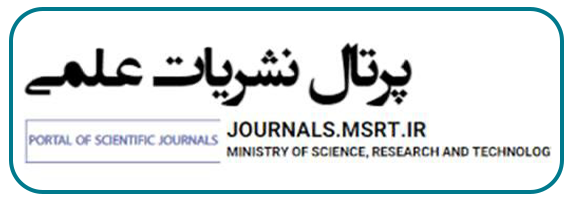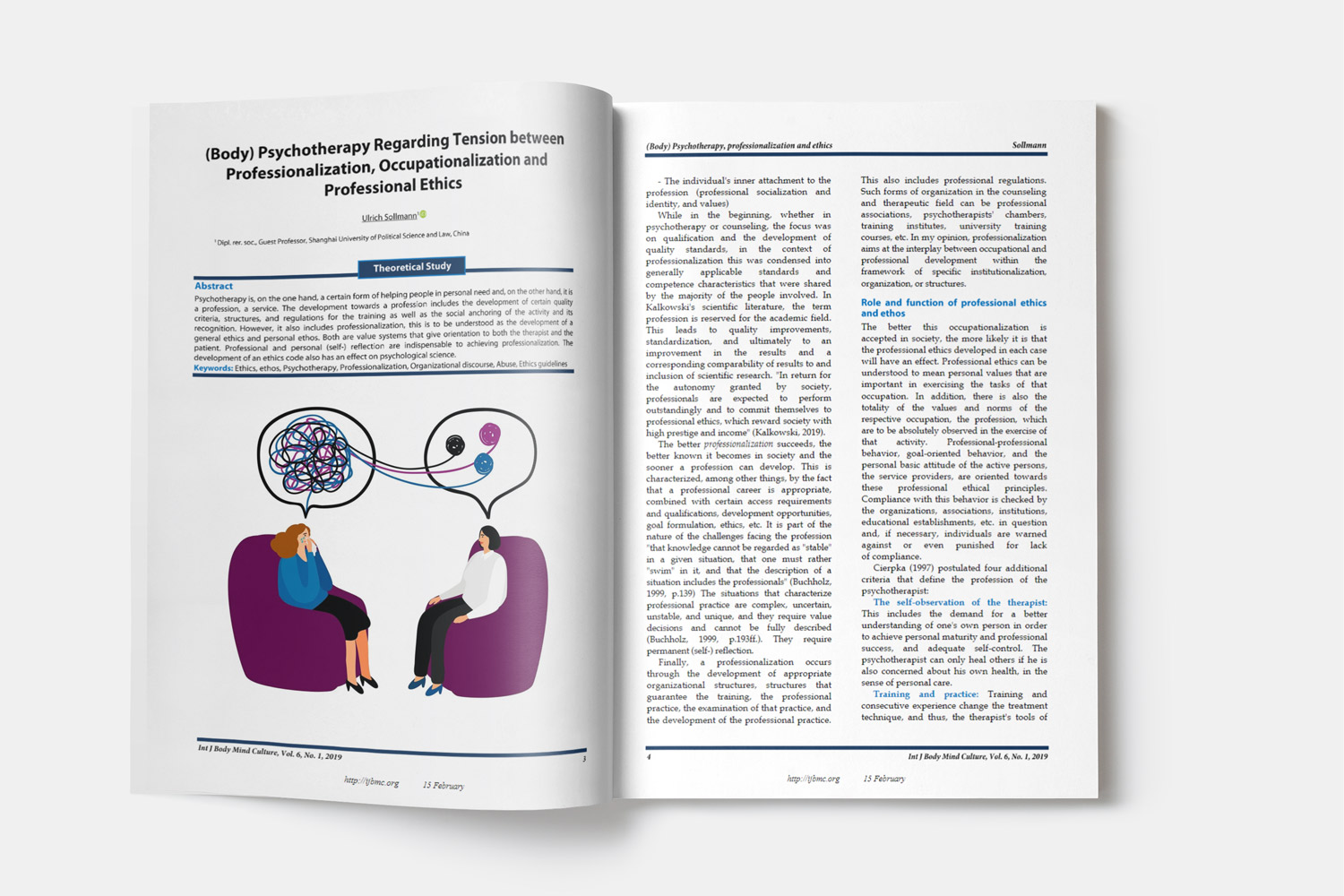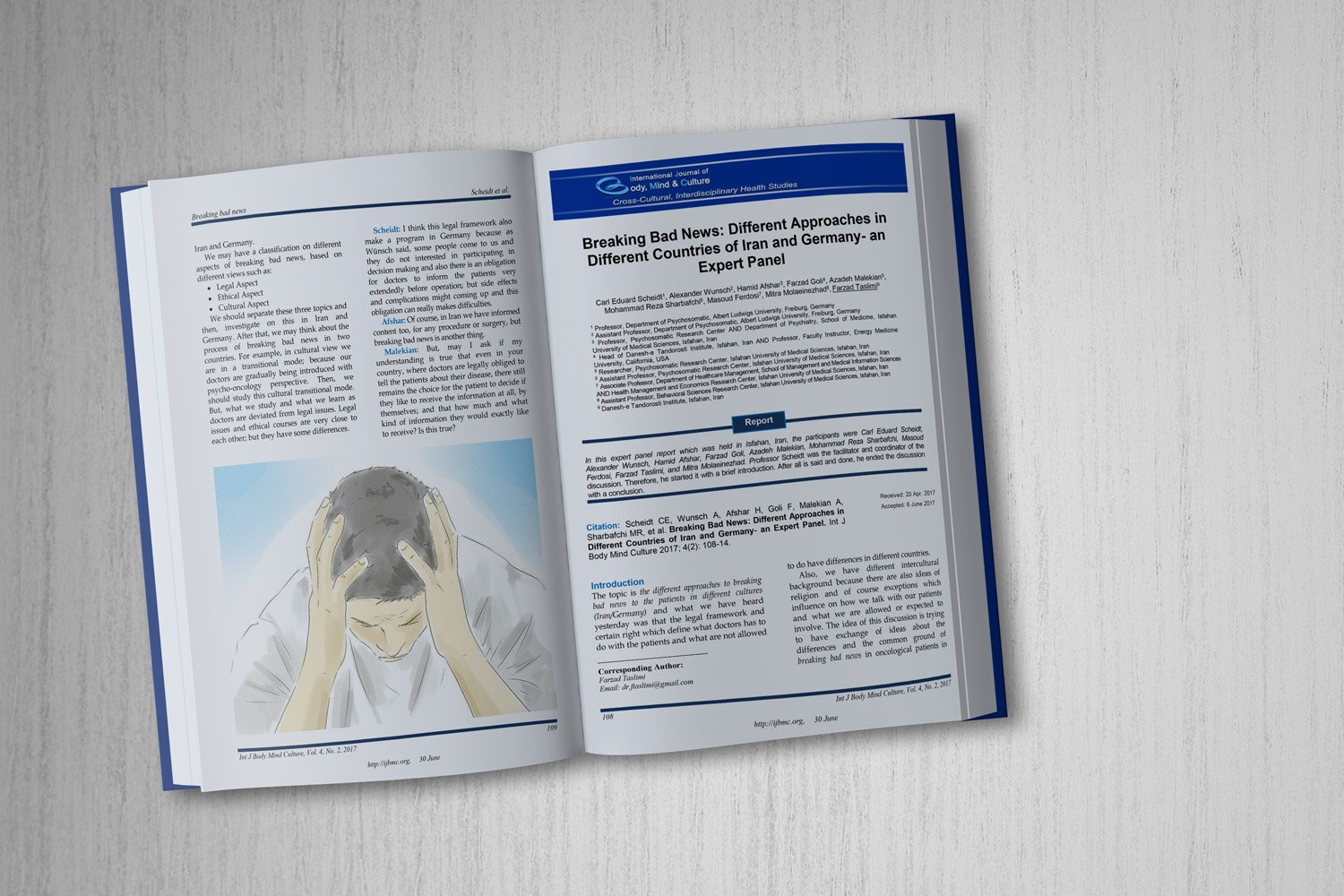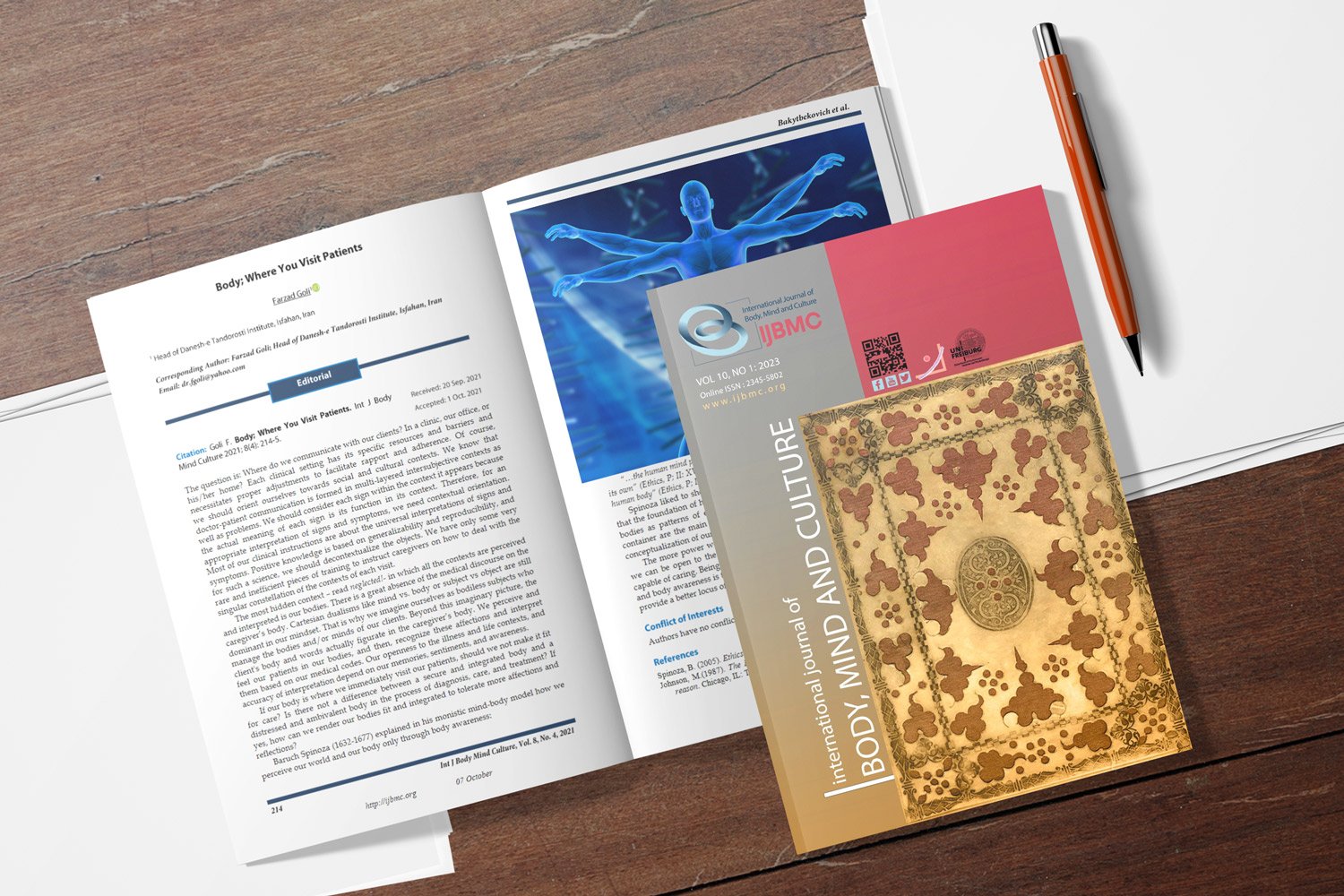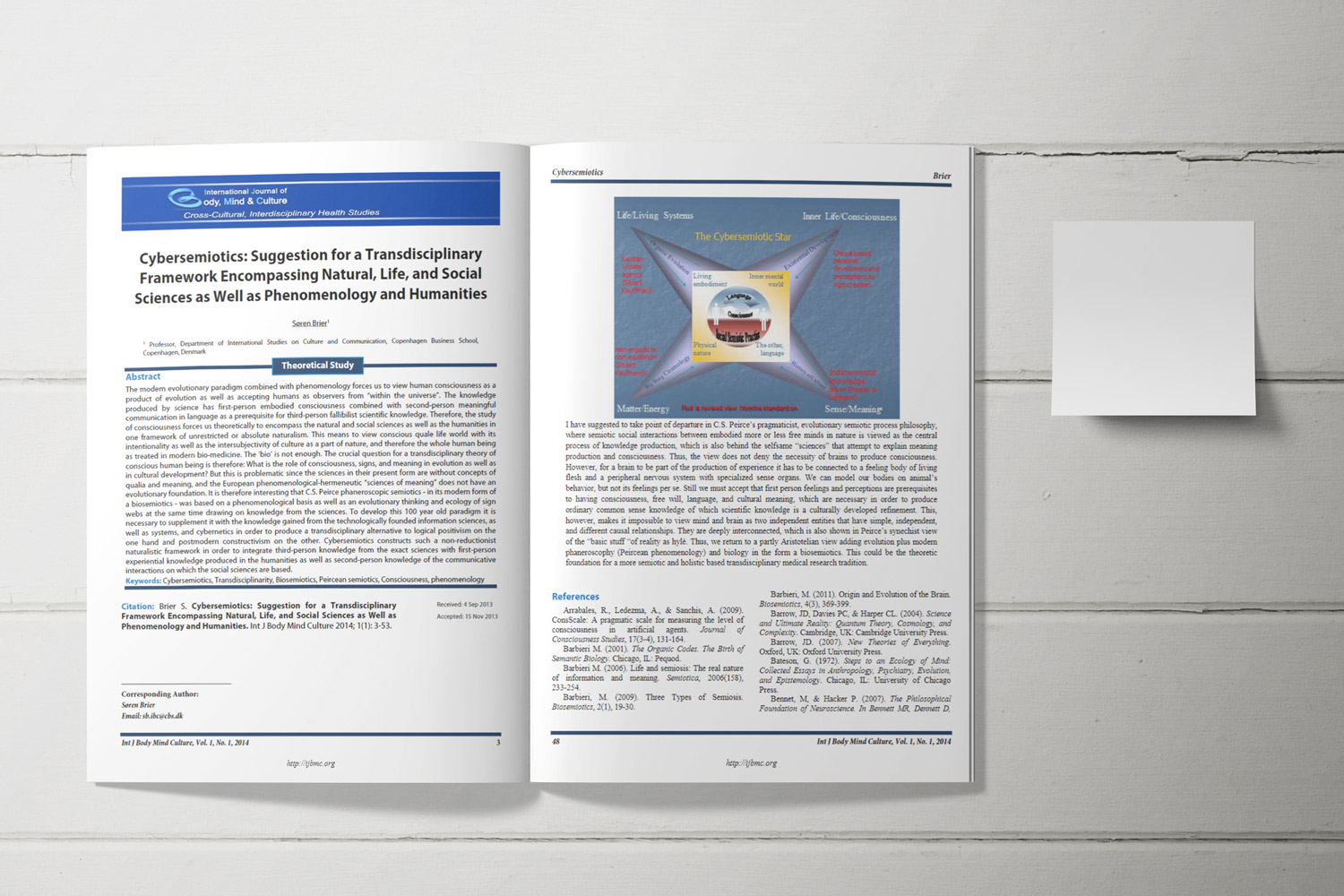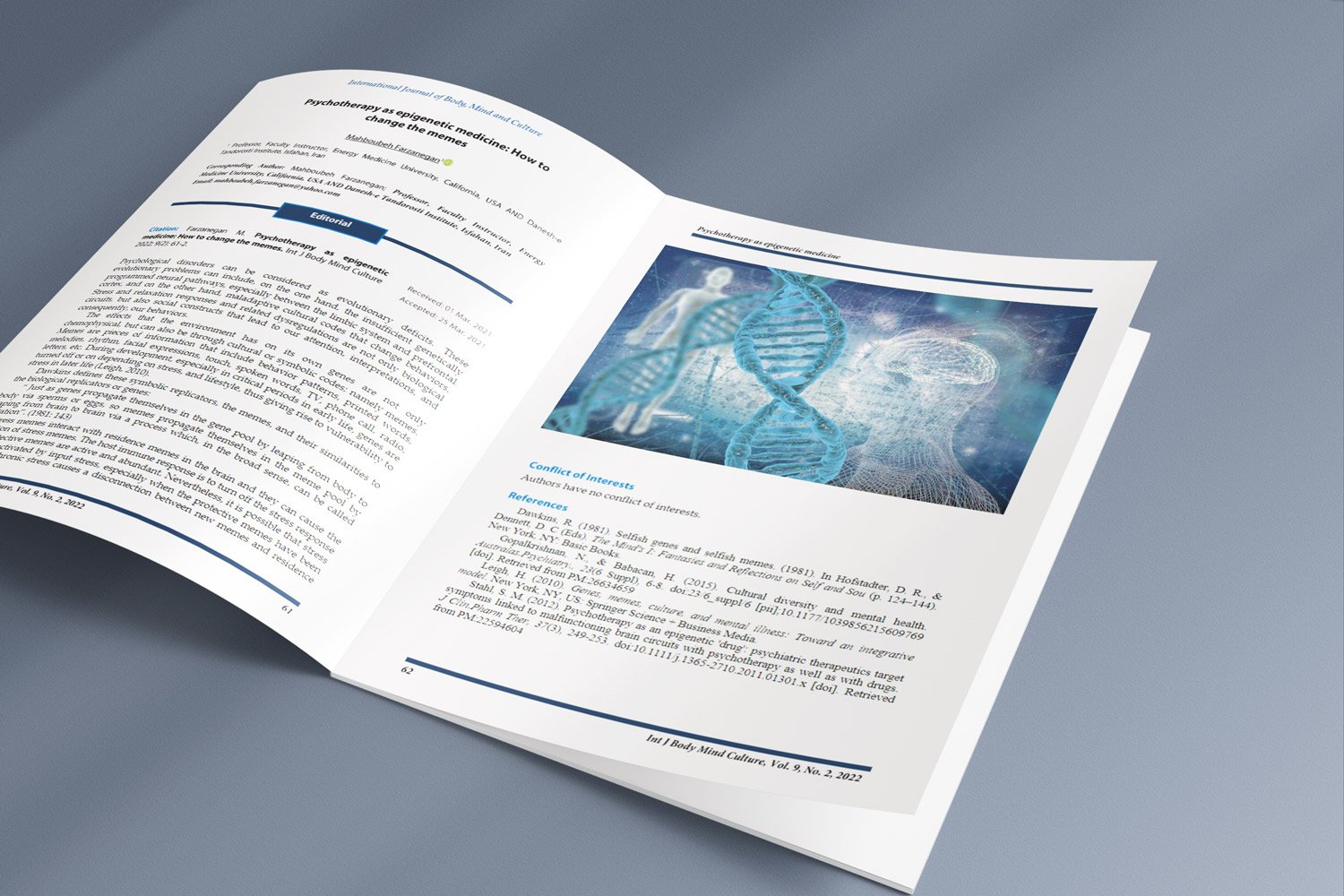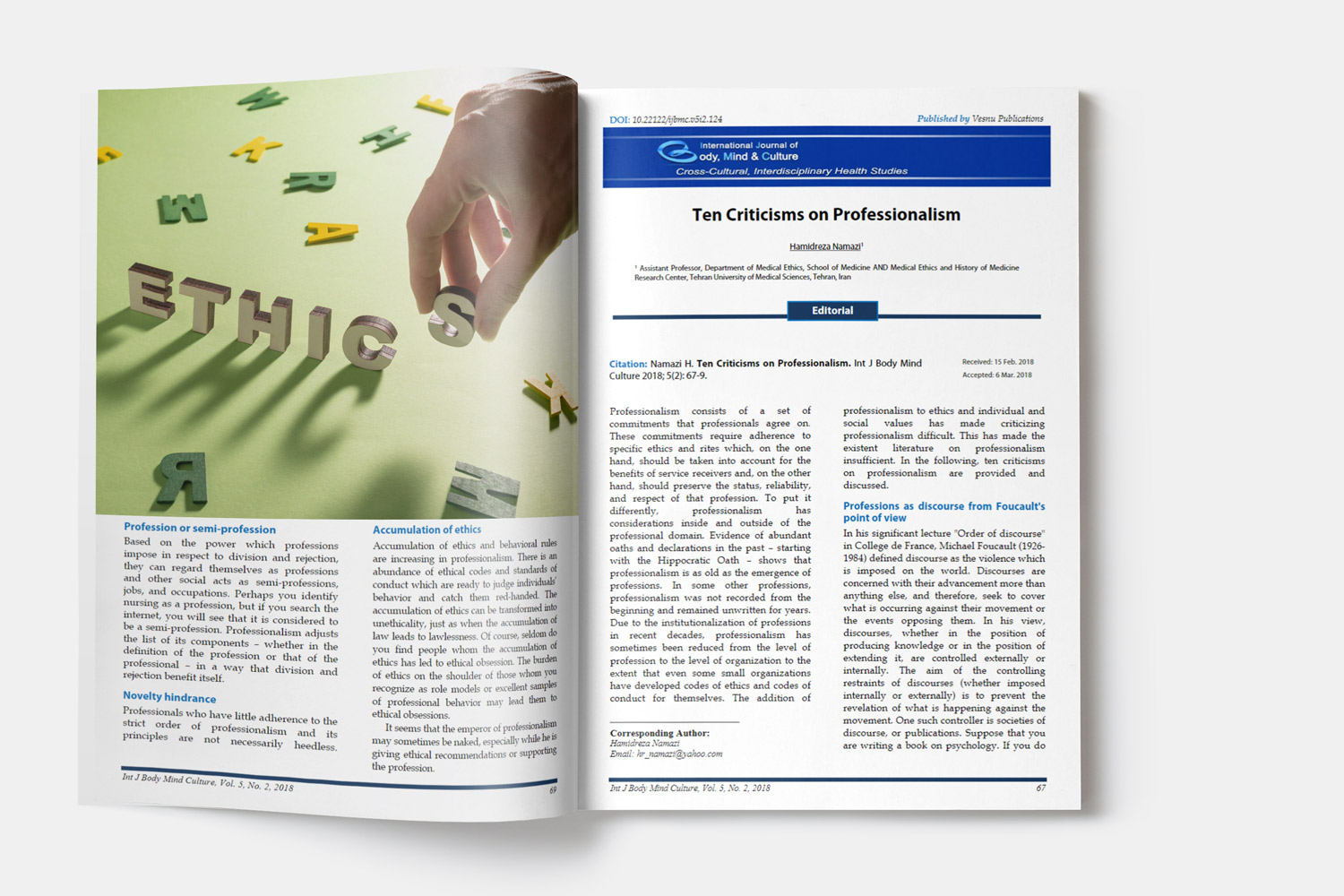A Comparative Analysis of Brain Wave Patterns in Children With and Without Dyslexia
Downloads
Objective: Dyslexia, a neurodevelopmental disorder, disrupts reading and learning abilities in children. Early diagnosis is critical for mitigating its long-term effects. While prior research has examined the neurological underpinnings of dyslexia, the role of specific brain wave abnormalities in the occipital region remains underexplored. This study investigates occipital brain wave patterns in children with and without dyslexia to evaluate their potential as diagnostic markers.
Methods and Materials: This study involved 30 students referred to a specialized learning disabilities center in Karaj, Iran. Participants were screened using the Wechsler Intelligence Scale (4th Edition) and the NEMATest for dyslexia. Based on the screening, 15 students with severe dyslexia were matched with 15 neurotypical peers. Brain wave activity was recorded using EEG during reading tasks, focusing on the occipital region. Statistical analyses, including bi-serial correlation and logistic regression, were used to assess differences between the groups.
Findings: Dyslexic children exhibited significantly higher frequencies of sharp peaks and temporal phase differences in occipital brain waves compared to neurotypical peers (odds ratio = 1.4, p < 0.05). These abnormalities were more pronounced during reading tasks, suggesting a strong association between occipital brain wave patterns and dyslexia.
Conclusion: The findings highlight occipital brain wave abnormalities as potential diagnostic markers for dyslexia. Future research should validate these results in larger and more diverse populations and explore their integration into clinical diagnostic frameworks to enhance early detection and intervention strategies.
Downloads
Aminloo, S., Kamkari, K., & Shokrzadeh, S. (2013). Concurrent validity of the new version of Tehran-Stanford-Binet Intelligence Scale and the second edition of Wechsler Intelligence Scale for Children in children with learning disabilities. Exceptional Education (Talim va Tarbiat-e Estesnaei), 7(120), 50-61. https://exceptionaleducation.ir/article-1-134-en.html
Bakker, D. J. (2016). Treatment of developmental dyslexia: A review. Pediatric Rehabilitation. https://www.tandfonline.com/doi/abs/10.1080/13638490500065392
Chabot, R. J., Orgill, A. A., Crawford, G., Harris, M. J., & Serfontein, G. (1999). Behavioral and electrophysiologic predictors of treatment response to stimulants in children with attention disorders. Journal of Child Neurology, 14(6), 343-351. https://doi.org/10.1177/088307389901400601
Fernández, G., Shalom, D. E., Kliegl, R., & Sigman, M. (2014). Eye movements during reading proverbs and regular sentences: The incoming word predictability effect. Language, Cognition and Neuroscience, 29(3), 260-273. https://doi.org/10.1080/01690965.2013.819648
Huettig, F., & Brouwer, S. (2015). Delayed anticipatory spoken language processing in adults with dyslexia: Evidence from eye-tracking. Dyslexia, 21(2), 97-122. https://doi.org/10.1002/dys.1497
Moradi, A. R., Hosaini, M., Kormi-Nouri, R., Hassani, J., & Parhoon, H. (2016). Reliability and validity of the reading and dyslexia test (NEMA). Advances in Cognitive Sciences, 18(1), 22-34. https://www.diva-portal.org/smash/record.jsf?pid=diva2:1502686
Nasir, E. M., Fuad, N., Marwan, M. E., & Akila, N. (2022). Brainwave distribution of cognitive activities between normal and dyslexic children. Proceedings of the 6th International Conference on Electrical, Control and Computer Engineering,
Richlan, F., Sturm, D., Schurz, M., Kronbichler, M., Ladurner, G., & Wimmer, H. (2010). A common left occipito-temporal dysfunction in developmental dyslexia and acquired letter-by-letter reading? PLoS One, 5(8), e12073. https://doi.org/10.1371/journal.pone.0012073
Walker, J. E., & Norman, C. A. (2006). The neurophysiology of dyslexia: A selective review with implications for neurofeedback remediation and results of treatment in twelve consecutive patients. Journal of Neurotherapy, 10(1), 45-55. https://doi.org/10.1300/J184v10n01_05
Zorzi, M., Barbiero, C., Facoetti, A., Lonciari, I., Carrozzi, M., Montico, M., Bravar, L., George, F., Pech-Georgel, C., & Ziegler, J. C. (2012). Extra-large letter spacing improves reading in dyslexiaJO - Proceedings of the National Academy of Sciences. 109(28), 11455-11459. https://doi.org/10.1073/pnas.1205566109
Copyright (c) 2025 International Journal of Body, Mind and Culture

This work is licensed under a Creative Commons Attribution-NonCommercial 4.0 International License.






